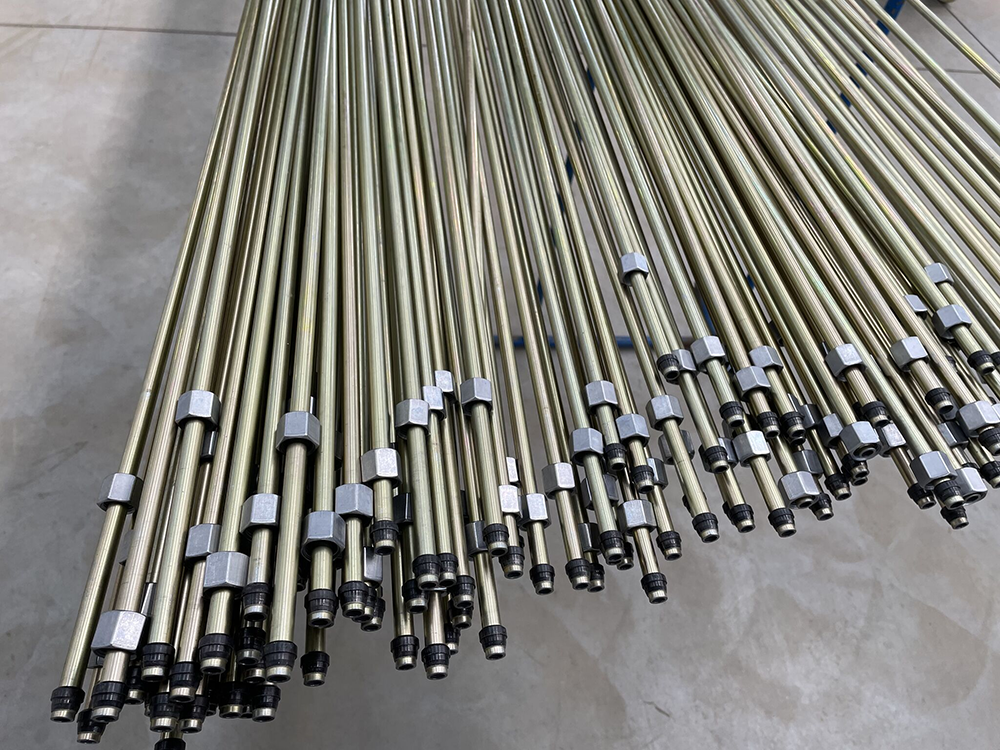The mechanical function of seamless steel pipes is an important goal to ensure the ultimate functionality (mechanical function) of the steel, which depends on the chemical composition and heat treatment criteria of the steel. In the steel pipe specification, the tensile function (tensile strength, yield strength or yield point, elongation), hardness and durability goals, as well as the high and low temperature functions required by users, are specified according to different usage requirements.
① Tensile strength( σb)
The maximum force (Fb) received by the specimen during the tensile process at break, divided by the stress obtained by dividing the original cross-sectional area (So) of the specimen( σ), Called tensile strength( σ b) , in N/mm2 (MPa). It indicates the maximum ability of metal materials to resist damage under tensile force.
② Submissive point( σs)
The stress at which a metal material with a yielding phenomenon can continue to elongate without the addition of force (maintaining stability) during the stretching process is called the yielding point. If there is a decrease in strength, the upper and lower yielding points should be distinguished. The unit of compliance point is N/mm2 (MPa).
Superior inflection point( σ Su): The maximum stress of the sample before the initial decrease of force due to yielding; Subdivision point( σ SL): The minimum stress in the yielding stage when the initial instantaneous effect is not considered.
The calculation formula for the inflection point is:
In the formula: Fs – bending force during the tensile process of the specimen (stable), N (Newton) So – original cross-sectional area of the specimen, mm2.
③ Elongation after fracture( σ)
In a tensile experiment, the percentage of the length added to the gauge length of the specimen after breaking compared to the original gauge length is called elongation. with σ Indicates that the unit is%. The calculation formula is:
In the formula: L1- gauge length of the sample after fracture, mm; L0- Original gauge length of the sample, mm.
④ Section reduction rate( ψ)
In a tensile experiment, the maximum reduction in cross-sectional area at the reduced diameter of the specimen after breaking is called the percentage of the original cross-sectional area, which is called the cross-sectional reduction rate. with ψ Indicates that the unit is%. The calculation formula is as follows:
In the formula: S0- Original cross-sectional area of the sample, mm2; S1- The minimum cross-sectional area at the reduced diameter of the specimen after fracture, mm2.
⑤ Hardness target(HB)
The ability of metal materials to resist the pressure of hard objects on the surface is called hardness. According to different experimental methods and application ranges, hardness can be further divided into Brinell hardness, Rockwell hardness, Vickers hardness, Shore hardness, microhardness, and high-temperature hardness. There are three commonly used types of pipes: Brinell, Rockwell, and Vickers hardness.
Post time: Sep-14-2023


